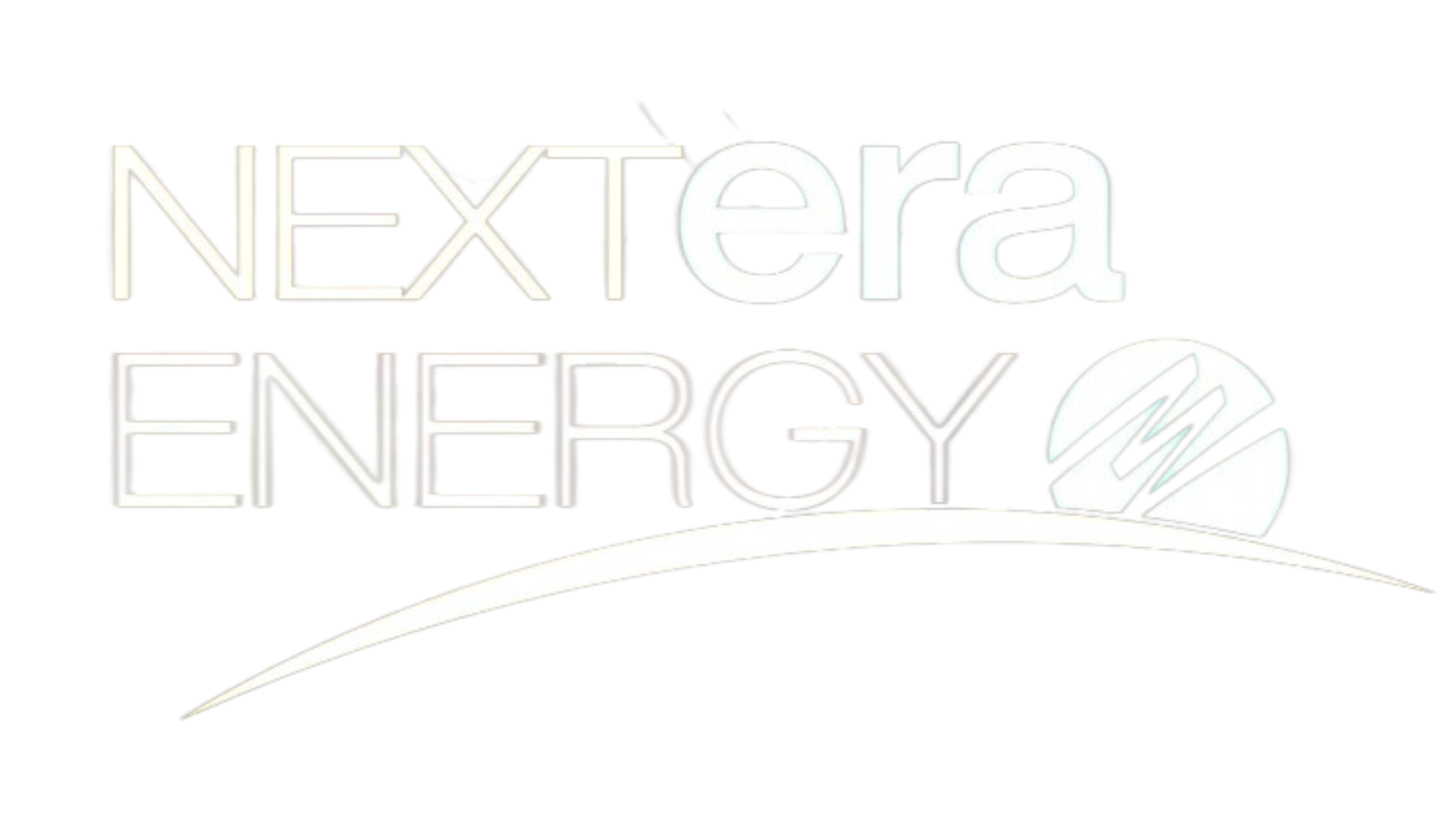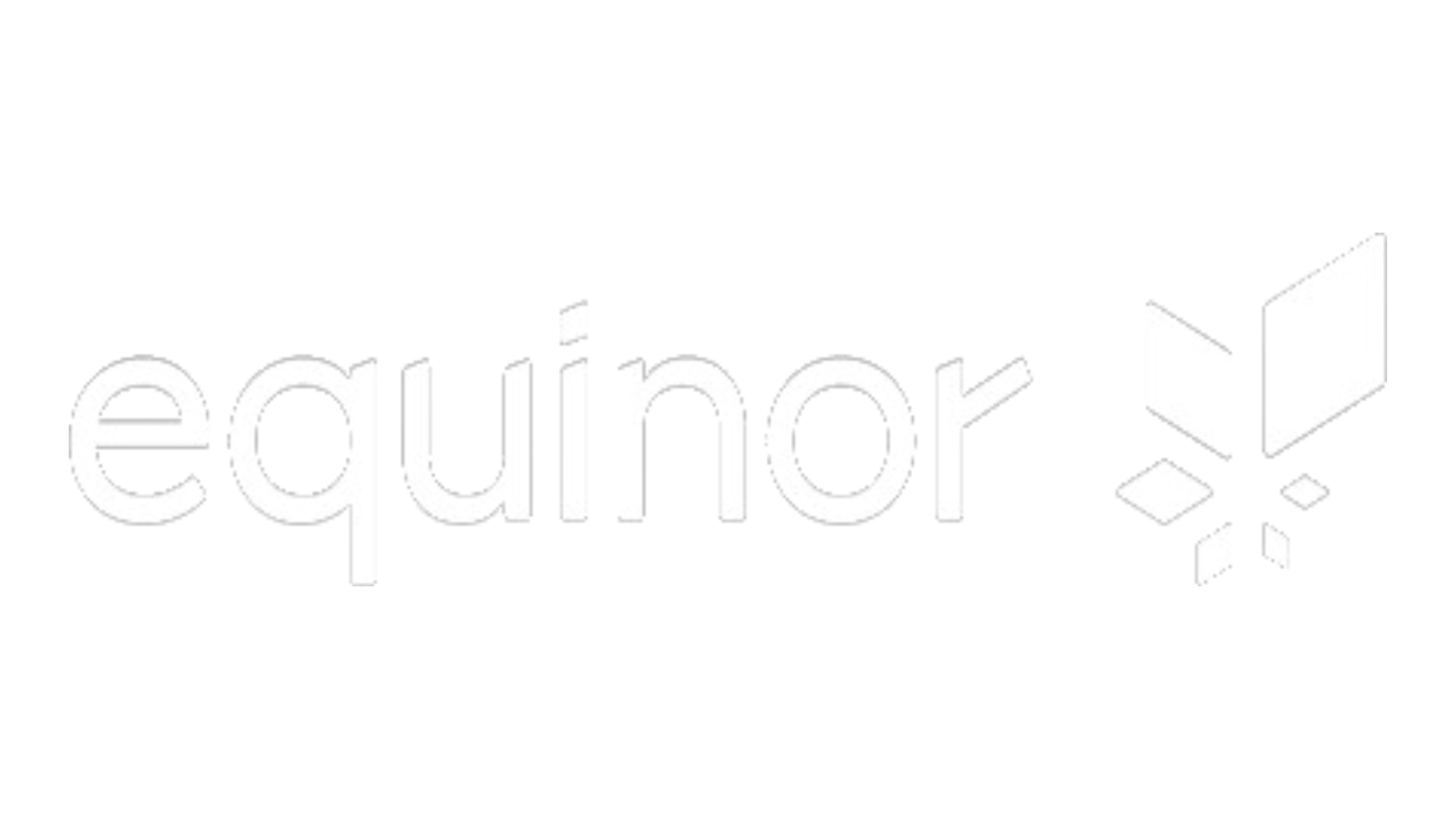The Town of East Hampton has a long record of sustainability leadership, particularly on the issue of open space. But there are many steps the town can take to continue to improve its environmental performance–and the town’s elected leaders will play a critical role in this effort.] For this reason, the New York League of…
At the end of summer and start of fall, your garden and nearby farmers’ markets will be flourishing with fresh, healthy food. While the abundance of goodies may seem as fleeting as the summer sun, you can preserve some of your produce for the upcoming months. Canning and pickling your food is not only a…
Last week we explored tips to gardening in autumn, and this week we will elaborate on the importance of leaving leaves and grass clippings on your garden and some areas of your lawn. On the other hand, leaving large leaves piled up several inches on your lawn can cause damage to the grass. This article…
Putting a bit of effort into your garden in the fall allows it to thrive during next year’s growing season. There are also many new plants that thrive in fall weather, such as flowers, shrubs, and edible plants. Even if your garden consists of just a few containers on a New York City rooftop or…
The letters sections of newspapers and magazines are prime forums for getting your message to a wide audience.
Fall cleaning is here! It’s time to knock out some chores to get ready for the coming winter to prevent damage accumulating and keep your home working efficiently. Make sure to respect your health and the environment while getting ready for the changing season with these tips: Use safe cleaning products. Toxic cleaning products don’t…
Summer has been flying by, and we’re at the time of year to start thinking about school. With all the excitement surrounding classmates, teachers, and color-coded binders, it is important to remain environmentally conscious when preparing for the new school year. According to the American Federation of Teachers, educational facilities are among the biggest waste…
Most people think that switching to renewable energy is a costly and time-intensive endeavor. However, what many New Yorkers don’t know is that a variety of utility companies across the state offer the option to source your electricity from renewable energy sources in exchange for a slightly higher price. If you live in New York…
The New York League of Conservation Voters Education Fund is pleased to present this 2017 Green Guide as a resource for all candidates running for public office in New York City. This document, released at our Environmental Candidate School, is a one-stop-shop for candidates to learn about new opportunities and approaches to persistent sustainability problems….









